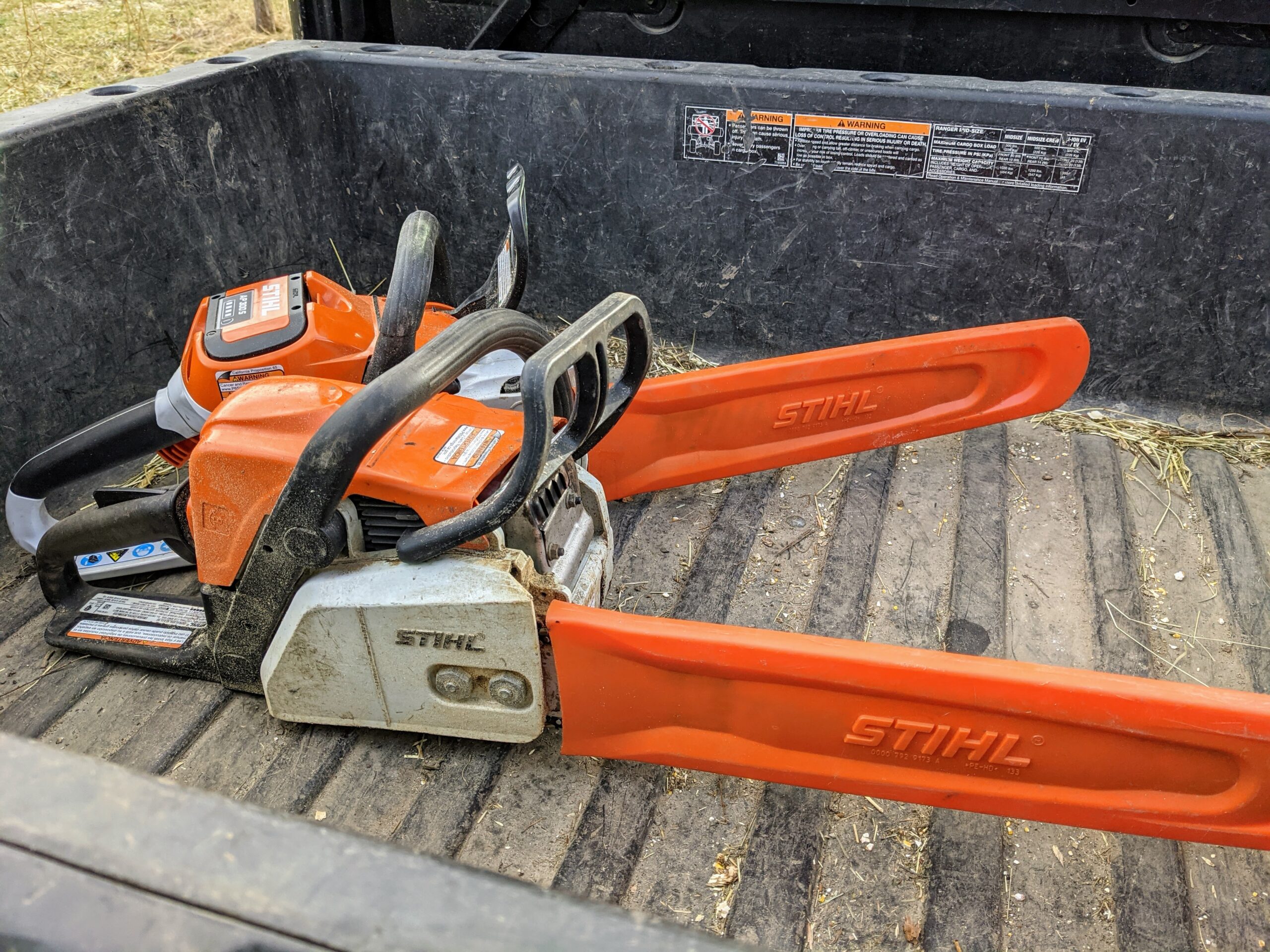
Chainsaw pants are a vital piece of protective gear for professionals working in the logging and forestry industry. Designed to safeguard against potential injuries caused by chainsaw accidents, these specialized pants incorporate innovative features and materials that provide both comfort and protection. In this article, we will delve into the mechanics of how chainsaw pants work, exploring their construction, key features, and the science behind their effectiveness.
- Layered Protection:
Chainsaw pants are constructed using multiple layers of high-performance fabrics, each serving a specific purpose. The outermost layer is typically made of a durable and tear-resistant material, such as Kevlar or ballistic nylon, which acts as a shield against the chainsaw's sharp teeth. This layer is designed to withstand the initial impact and prevent the chainsaw from penetrating the pants. - Cut-Resistant Fibers:
Beneath the outer layer, chainsaw pants incorporate cut-resistant fibers, such as Kevlar or Dyneema, which are strategically woven into the fabric. These fibers provide an additional layer of protection by reducing the risk of injury in case the chainsaw makes contact with the pants. The fibers are engineered to resist the cutting action of the chainsaw, effectively slowing down its movement and minimizing the severity of potential injuries. - Energy Absorption:
Chainsaw pants also feature padding or cushioning in critical areas, such as the thighs and knees. This padding serves a dual purpose: it not only provides extra protection against impact but also absorbs the energy generated by the chainsaw's movement. By dissipating the force of the chainsaw's kickback, the padding helps to prevent injuries and minimize the risk of fractures or bruises. - Ventilation and Comfort:
Despite their robust construction, chainsaw pants are designed to be breathable and comfortable for extended use. They often incorporate mesh panels or ventilation systems that allow air circulation, preventing excessive sweating and discomfort. Additionally, ergonomic design elements, such as articulated knees and stretchable fabrics, ensure ease of movement and flexibility, enabling professionals to work efficiently and safely. - Compliance with Safety Standards:
To ensure the highest level of protection, chainsaw pants must meet specific safety standards set by regulatory bodies. These standards dictate the minimum performance requirements for chainsaw protective clothing, including the resistance to cutting, tearing, and abrasion. When purchasing chainsaw pants, it is crucial to look for certifications such as EN 381 or ASTM F1897, which guarantee compliance with these safety standards.
Conclusion:
Chainsaw pants are a remarkable example of engineering ingenuity, combining advanced materials, thoughtful design, and rigorous safety standards. By understanding the mechanics behind their construction, professionals in the logging and forestry industry can make informed choices when selecting the right chainsaw pants for their specific needs. These specialized pants play a crucial role in ensuring the safety and well-being of workers, allowing them to carry out their tasks with confidence and peace of mind.

